I'm trying to draw a choropleth map of Germany showing poverty rate by state (inspired by this question).
The problem is that some of the states (Berlin, for example) are completely surrounded by other states (Brandenburg), and I'm having trouble getting ggplot to recognize the "hole" in Brandenburg.
The data for this example is here.
library(rgdal)
library(ggplot2)
library(RColorBrewer)
map <- readOGR(dsn=".", layer="germany3")
pov <- read.csv("gerpoverty.csv")
mrg.df <- data.frame(id=rownames(map@data),ID_1=map@data$ID_1)
mrg.df <- merge(mrg.df,pov, by="ID_1")
map.df <- fortify(map)
map.df <- merge(map.df,mrg.df[,c("id","poverty")], by="id")
ggplot(map.df, aes(x=long, y=lat, group=group)) +
geom_polygon(aes(fill=poverty))+
geom_path(colour="grey50")+
scale_fill_gradientn(colours=brewer.pal(5,"OrRd"))+
labs(x="",y="")+ theme_bw()+
coord_fixed()

Notice how the colors for Berlin and Brandenburg (in the northeast) are identical. They shouldn't be - Berlin's poverty rate is much lower than Brandenburg. It appears that ggplot is rendering the Berlin polygon and then rendering the Brandenburg polygon over it, without the hole.
If I change the call to geom_polygon(...) as suggested here, I can fix the Berlin/Brandenburg problem, but now the three northernmost states are rendered incorrectly.
ggplot(map.df, aes(x=long, y=lat, group=group)) +
geom_polygon(aes(group=poverty, fill=poverty))+
geom_path(colour="grey50")+
scale_fill_gradientn(colours=brewer.pal(5,"OrRd"))+
labs(x="",y="")+ theme_bw()+
coord_fixed()

What am I doing wrong??


